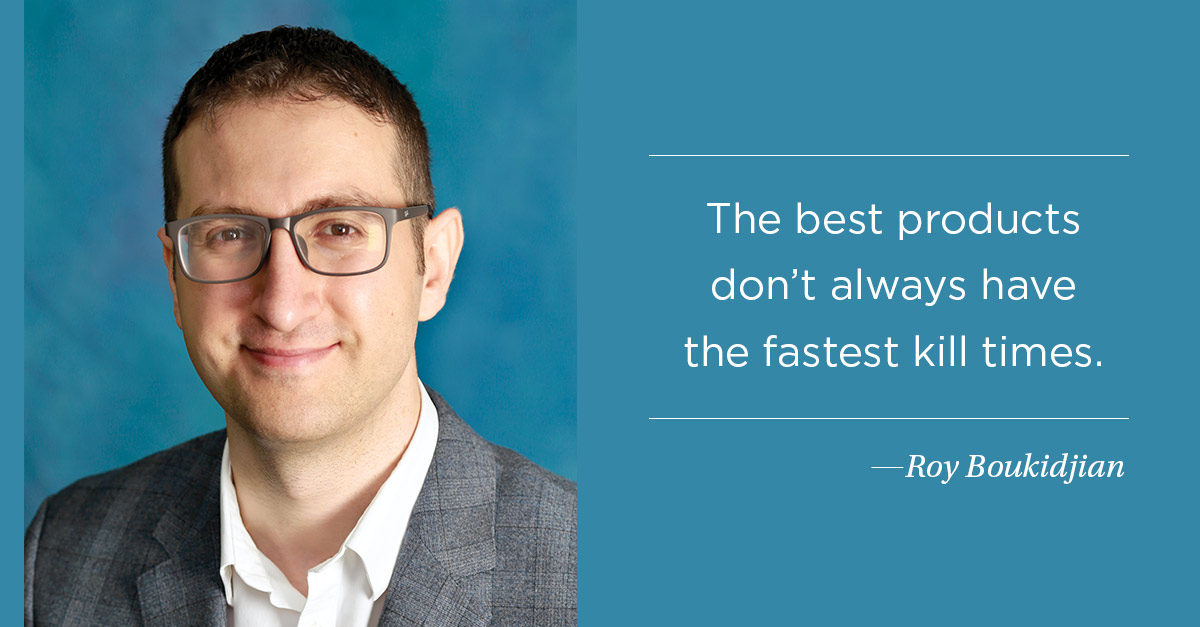Throughout history one of the most effective methods for disease control has remained constant; no matter what innovations roll out to the marketplace for facility service providers, cleaning has and always will be one of the best methods for infection control. Yet, when it comes to health care facilities, environmental services (EVS) professionals are still rarely involved in the infection control discussion, leaving the main responsibility falling to infection prevention teams.
While EVS tends to focus on maintaining the overall cleanliness of a facility and ensuring the environment is healthy and safe, many infection prevention departments focus on combatting the transfer of diseases between people, emphasizing interpersonal interactions as well as how people interact with equipment. For this reason, says Roy Boukidjian, system director of infection prevention at Dignity Health in San Francisco, CA, it’s imperative for the two departments to collaborate.
EVS staff represent a large portion of facilities’ anti-infection defense; however, their involvement is not as wide-reaching as it could be due to challenges with training, time constraints, and leadership. Arguing that EVS needs to play a bigger role in infection prevention, Boukidjian plans to deliver an evidence-packed presentation during the ISSA Show North America 2018 on why these two departments must be bridged and collaboratively work to combat the spread of disease. Attendees of Boukidjian’s session, which takes place Monday, October 29, can learn how to fix these common problems to connect their EVS and infection prevention teams and ensure facilities are using all their assets in their infection control efforts.
Boukidjian will also cover a large variety of informative and relevant topics for BSCs and facility managers, including nuances in the health care industry, complications that arise in the regulatory world, complexities in the hospital setting, and much more. Walk away with a list of specific action you can take to protect your facility and its users.
Teaser Tip: The best products don’t always have the fastest kill times.
A common misconception within the industry is that the cleaning product with the fastest kill time is always the best. Often time, hospitals choose these products over others due to a quick turnover, time crunch, or other similar factors. It’s important to examine all aspects of a product, prioritizing those that protect the health and safety of staff and patients alike.
Don’t miss other informative articles on hot topics that are guaranteed to help you with your company or facility:
- True or False: Green Cleaning Efforts Can’t Use Disinfectants
- Participatory Ergonomics: A Leadership Style for Improving Employee Performance
- How to Target Your Most Likely Contracts (and Close the Deal)
- Budget for the Lifespan of Your Facility
- Run, Hide, Fight: How Facilities Can Prepare for an Active Shooter Situation



